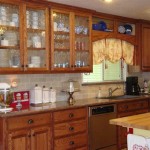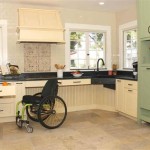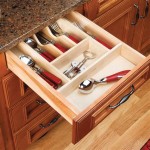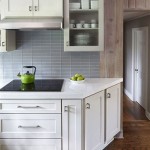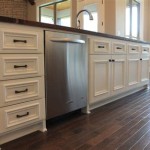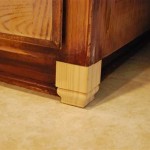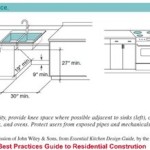How to Antique Kitchen Cabinets for a Timeless Charm
Antique kitchen cabinets exude a captivating charm and timeless elegance. Their aged appearance brings a sense of history and warmth to your culinary space. If you desire to transform your modern cabinets into captivating antiques, this guide will provide you with the essential steps to achieve the desired effect.
Preparing the Cabinets
Before embarking on the antiquing process, it is crucial to prepare your kitchen cabinets. Start by thoroughly cleaning them with a degreasing cleaner to remove any dirt, grease, or buildup. Once dry, use sandpaper to lightly distress the cabinet surfaces. This will create a rougher texture, allowing the antiquing glaze to adhere better and enhance the aged look.
Choosing the Antiquing Glaze
The choice of antiquing glaze will significantly impact the final appearance of your cabinets. Opt for a water-based glaze that is specifically designed for kitchen cabinets. These glazes come in various shades, enabling you to customize the level of antiquing you desire. For a subtle antique effect, choose a light or medium-toned glaze. For a more pronounced vintage look, darker glazes are recommended.
Applying the Antiquing Glaze
Apply the antiquing glaze with a clean brush or sponge. Work the glaze into the crevices and corners of the cabinets, paying attention to areas that would naturally accumulate age and wear. Allow the first coat to dry completely before applying a second coat if you wish to intensify the aging effect. To achieve a more distressed appearance, use a damp cloth to wipe away some of the glaze while it is still wet.
Protecting the Finish
Once the glaze has dried, it is essential to protect the antique finish from wear and tear. Apply a clear protective topcoat, such as polyurethane or varnish. Choose a topcoat that is specifically designed for kitchen cabinets and follow the manufacturer's instructions for application. This crucial step will ensure the longevity of your newly antiqued cabinets.
Hardware and Details
To complete the antique transformation, replace the existing hardware with antique-style knobs and handles. Consider adding decorative elements such as hinges and moldings to further enhance the vintage aesthetic. Pay attention to the details to create a cohesive and visually appealing antique look throughout your kitchen.
Aging Techniques
If you desire a more pronounced antique effect, there are several additional techniques you can employ. Apply a dark wax and buff it into the surface of the cabinets. This will create a patina that emphasizes the natural aging process. Another option is to lightly sand the corners and edges of the cabinets to create the illusion of wear and tear.
Antiquing kitchen cabinets is a rewarding project that can transform the ambiance of your culinary space. By following these essential steps and experimenting with different aging techniques, you can create custom cabinets reminiscent of a bygone era. Enjoy the timeless charm and beauty of antique kitchen cabinets in your renovated kitchen.

10 Antique Kitchen Cabinets That Ll Inspire You To Thrift

Antique Vintage Cabinet Simple Storage Solutions Shiplap And Ss

Antique White Kitchen Cabinets Are What Many Homeowners Look For Gec Cabinet Depot

Cabinet Refinish Diy Simple Paint And Antique Glaze Kitchen Cabinets

Refinished Antique Kitchen Cabinet Midcounty Journal

20 Amazing Antique Kitchen Cabinets Home Design Lover Distressed Country French Kitchens

How To Give Your Stock Kitchen Cabinets A Vintage Look

20 Amazing Antique Kitchen Cabinets Home Design Lover Redo White

10 Antique Kitchen Cabinets That Ll Inspire You To Thrift

Why Antique White Kitchen Cabinets Might Not Be The Best Choice In 2024
Related Posts

